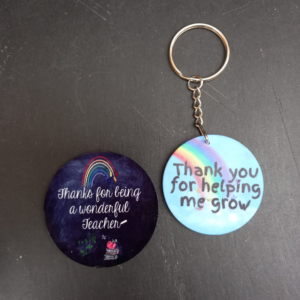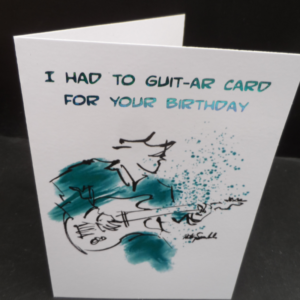The history of greeting cards dates back to the ancient Chinese. They exchanged messages of goodwill to celebrate a New Year. Early Egyptians also used papyrus scrolls to send greetings. Key dates in greeting card history include:
- 1400’s: Europeans begin selling and exchanging handmade greeting cards, including Valentine’s Day cards (1415)
- 1775: Members of the Second Continental Congress appoint a Postmaster General for the United Colonies. Thus creating the U.S. Post Office Department (predecessor to the United States Postal Service – USPS) on July 26. The USPS is the second oldest federal department or agency in the U.S.
- 1800’s: Valentine’s cards become popular and affordable; the Penny Post debuts.
- 1840: Postage stamp is introduced.
- 1843: First known Christmas card is published in London. Sir Henry Cole hires artist John Calcott Horsley to design a holiday card for his friends.
- 1849: Esther Howland becomes the first regular publisher of valentines in the U.S. and sells her first handmade Valentine. Howland establishes a successful publishing firm specializing in elaborately decorated cards.
- 1856: German immigrant Louis Prang opens a small lithographic business near Boston. America’s greeting card industry begins. The GCA recognizes the Father of the American Christmas Card with its annual LOUIE Awards.
- 1866: By this time, Prang perfected the colour lithographic process, as shown in his reproductions of famous paintings, surpassing the quality produced by craftsmen in the U.S. and England.
- 1870s (early): Prang publishes deluxe editions of Christmas cards, sold mainly in England.
- 1875: Prang introduces the first complete line of Christmas cards in America.
- 1941: A small group of publishers, under the leadership of George Burkhardt of Burkhardt-Warner, established the Greeting Card Industry.
- 1943: The association cooperated with the Post Office, later to become the United States Postal Service, on the first “Mail Early” Christmas campaign.






Reviews
There are no reviews yet.